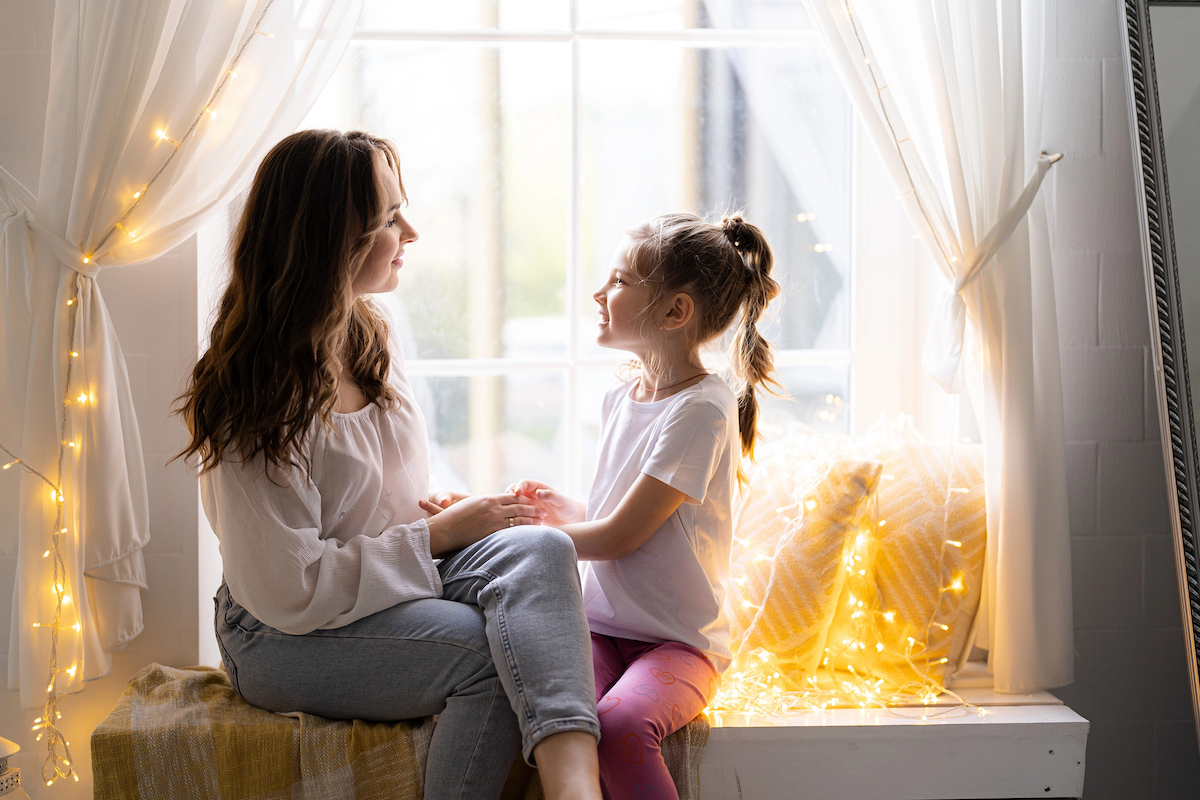Parenting is challenging at the best of times. But when your child is diagnosed with ADHD, the journey can feel more overwhelming, confusing, and exhausting. You may feel like you’re constantly repeating yourself, reacting to emotional outbursts, or just trying to keep up with your child’s energy. If this sounds familiar, please know you’re not alone, and there are ways to support your child while preserving your own well-being too.
Understanding ADHD: A Different Brain Wiring
At times it can feel like you are speaking a different language to your child, and in some ways, you are. Children with ADHD do have functionally different brains to children without ADHD. This means your child will process things differently, but with some learning, structure, and support, you can tune into your child and improve communication and connection.
Once you receive an ADHD diagnosis, it often brings two powerful effects:
-
It gives understanding and a name for the difficulties you would have already been experiencing.
-
It opens up avenues for managing things more effectively, with or without medication.
This article focuses on non-medication strategies for ADHD management. While every child is different, children with ADHD are capable of learning what is acceptable and what isn’t. Their neuro-processing makes impulsive behaviour more likely, but with consistent guidance, they can learn to self-regulate and thrive.
I hope in reading this, you’ll discover some practical tools to help things run more smoothly at home for both you and your child.
Structure is Your Superpower
Firstly, organisation is key for both you and your child. Children with ADHD thrive with structure and predictability, so creating consistent routines is one of the most supportive things you can do.
Some easy ways to foster organisation include:
-
Preparing school bags and uniforms the night before
-
Creating a visual daily schedule (with images or icons for younger kids)
-
Using checklists for multi-step tasks
-
Establishing set routines for bedtime and mornings
Children with ADHD do better when expectations are clear and the environment feels calm and ordered.
Help Them Stay on Track with Small Wins
Break tasks down into bite-sized, manageable steps. For example, instead of “Get ready for school,” guide them through:
-
Eat breakfast
-
Brush teeth
-
Get dressed
-
Pack bag
Each step completed builds momentum and gives a sense of success.
Also, limit distractions where possible. That might mean putting away devices during key parts of the day, creating a quiet corner for homework, or providing a timer to help with focus.
Encouraging structured outdoor activities or hobbies, especially sports, is incredibly helpful. Not only does exercise burn off excess energy, it teaches teamwork, discipline, and boosts mood. Choose an activity your child enjoys, whether it’s soccer, swimming, martial arts or dancing.
Sleep and Diet: Two Pillars of Calm
Lack of sleep exacerbates ADHD symptoms like impulsivity, hyperactivity, and difficulty focusing. To support your child:
-
Keep a consistent bedtime routine
-
Turn off screens an hour before bed
-
Create a calming wind-down ritual (e.g., bath, book, cuddles)
-
Ensure the room is cool, quiet, and dark
Also, explore how your child’s diet affects their mood and energy. Some kids with ADHD are sensitive to certain food additives, preservatives, or sugar. Try reducing processed foods and instead focus on:
-
High-protein breakfasts to improve focus
-
Omega-3-rich foods (like salmon, chia seeds, or walnuts)
-
Slow-burning complex carbs and leafy greens
-
Limiting caffeine or sugary treats, especially later in the day
Consulting a dietitian who specialises in children’s behaviour can also be helpful.
Emotional Support and Connection Matter
Children with ADHD often experience big feelings, frustration, excitement, and overwhelm, and need help managing them. Teach your child simple emotional regulation tools like deep breathing, using a “calm down” corner, or naming their emotions out loud.
Praise and encourage small improvements:
🗣️ “I noticed you stayed calm when your brother took your toy. That was great self-control!”
🧡 “You remembered to pack your school bag — amazing!”
Even when things go wrong, try to stay calm, model the behaviour you want to see, and gently guide them back.
Keep the School in the Loop
Working in partnership with your child’s teacher is essential. Let them know about the diagnosis and what strategies work at home. Ask whether your child can access:
-
A quiet space for learning or tests
-
Extra time on assignments
-
Movement breaks
-
Positive behaviour reinforcement systems
Consistency between home and school can help your child feel supported and understood in both environments.
🛑 What NOT to Do:
Common mistakes to avoid when parenting a child with ADHD:
-
❌ Yelling or punishing impulsive behaviour (they usually can’t help it)
-
❌ Expecting perfection or immediate change
-
❌ Giving too many instructions at once
-
❌ Comparing your child to neurotypical peers
-
❌ Ignoring your own need for rest, breaks and emotional support
Being aware of these pitfalls can help you create a more connected and calm household.
Don’t Forget You Matter Too
It’s easy to feel overwhelmed by how difficult things feel right now. Remain positive. Your child may be struggling a lot at the moment, but over time and with support, this will gradually become easier. The future is bright, ADHD need not prevent your child from being happy, connected, and successful in the world.
And please be kind to yourself. Parenting a neurodivergent child is rewarding, but it’s also demanding. Make time for self-care and seek out support where possible:
-
Connect with other parents of children with ADHD
-
Listen to parenting podcasts or audiobooks
-
Practice mindfulness, journaling, or deep breathing
-
Take breaks and rest without guilt
A Final Note — From One Parent to Another 💛
If today felt like a mess, if you cried in the laundry or lost your patience over cereal, you’re not alone. You’re not failing. You’re showing up, trying again, and loving your child through it all.
You’re doing better than you think. Be proud of every small step. 💛
Additional Resources:
You may also like to read:









